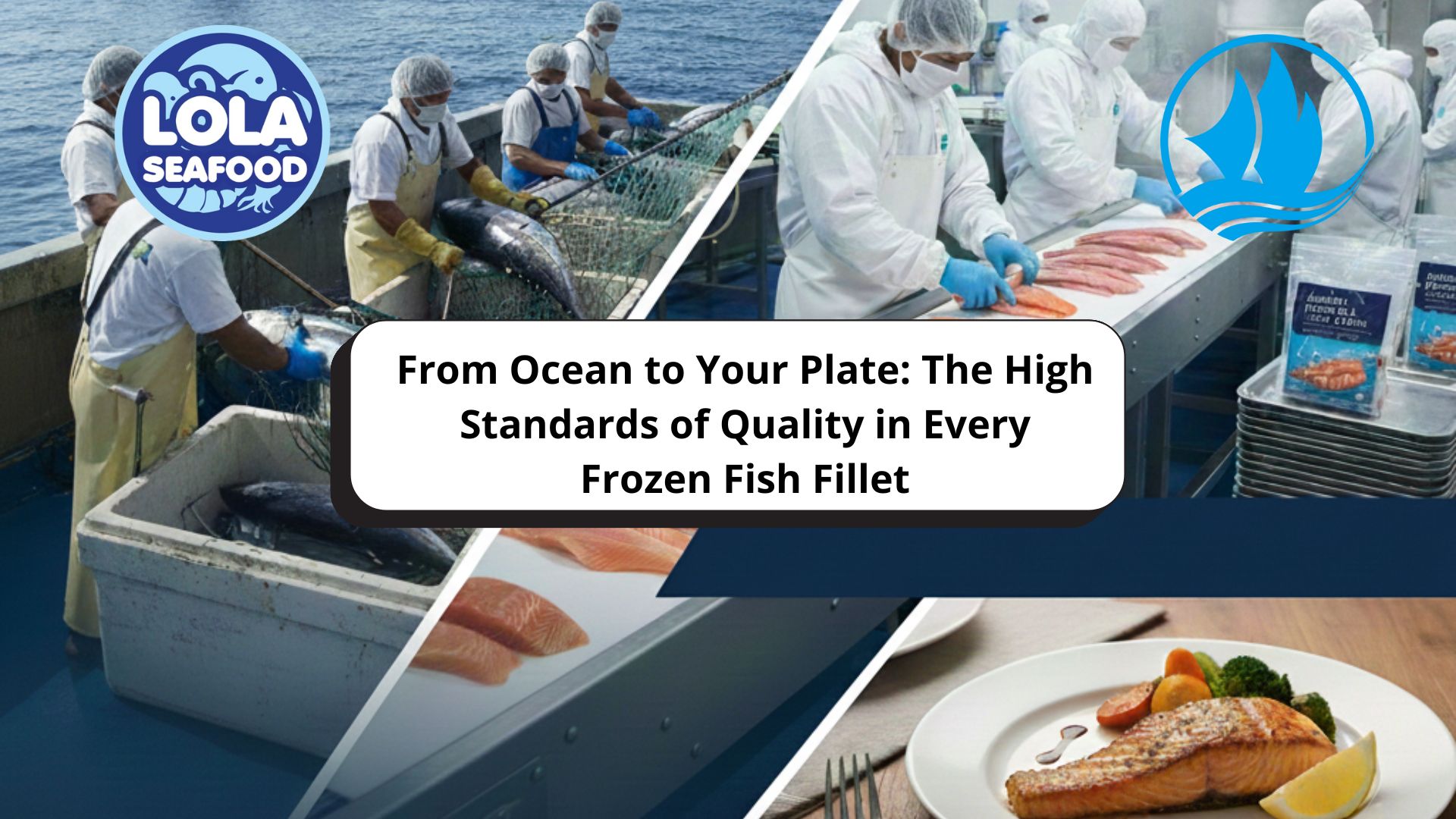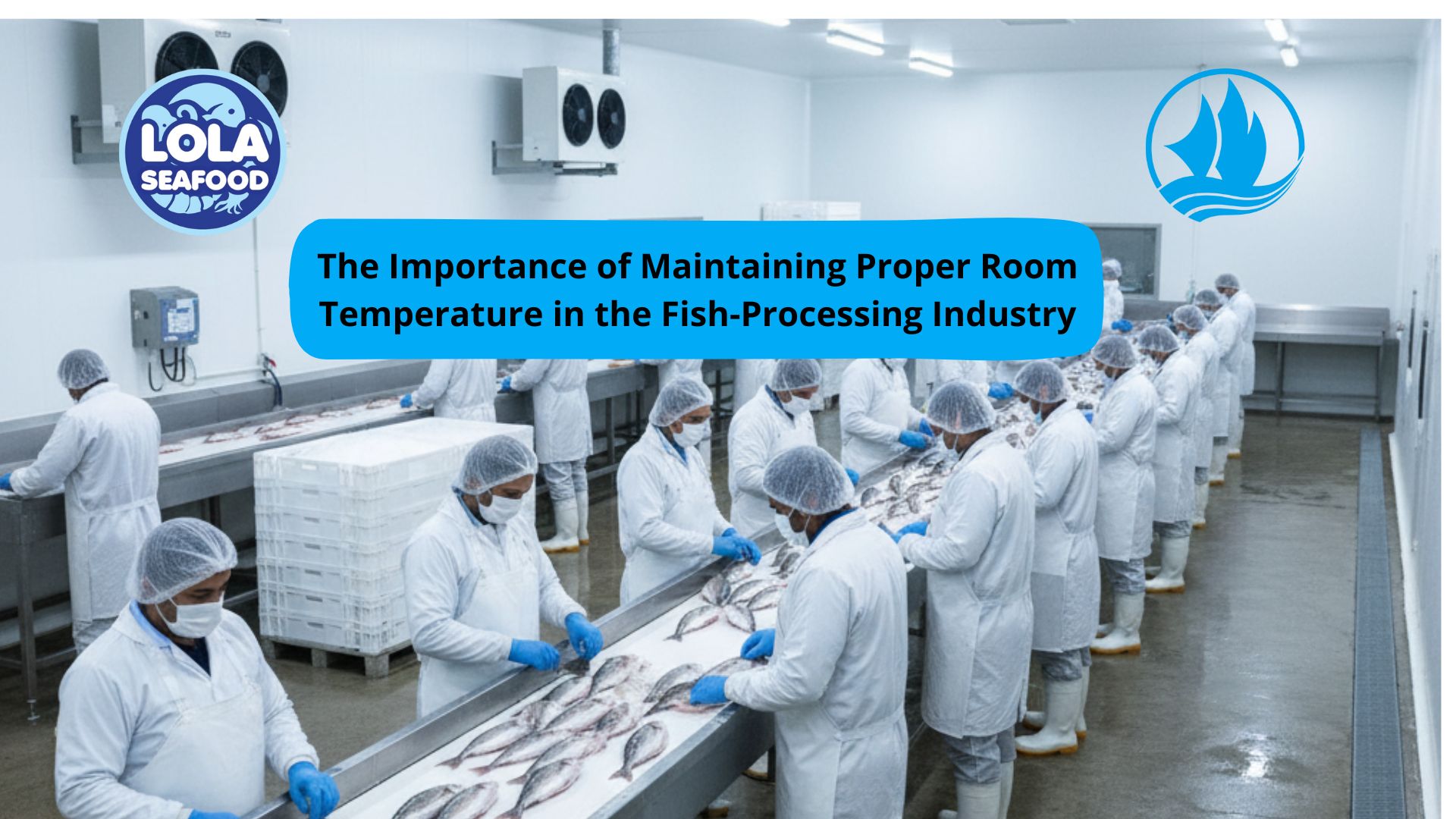Shark Cartilage, Skin, and Meat: Exploring Multi Product Utilization in Fish Processing
By. Kusni - 09 Sep 2025.jpg)
Kelolalaut.com The global seafood industry has increasingly recognized the value of multi-product utilization, a strategy aimed at minimizing waste while maximizing the economic and nutritional potential of harvested marine resources. Sharks, despite being controversial due to conservation concerns, represent a unique example of how a single species can provide diverse raw materials. Beyond meat, sharks offer cartilage, skin, and other byproducts that have applications ranging from food production to pharmaceuticals and even fashion.
Understanding the opportunities and challenges associated with shark byproduct utilization is critical not only for processors but also for regulators and sustainability advocates.
Shark Meat: A Protein Source with Special Considerations
Shark meat is the most commonly utilized part of the animal. Rich in protein and low in fat, it has long been consumed in various parts of the world, including Asia, Africa, and parts of Europe. However, unlike finfish, shark meat requires special processing techniques due to its high urea content, which can quickly convert to ammonia and create strong odors and flavors if not handled correctly.
Key processing steps include:
- Immediate bleeding and gutting to prevent rapid spoilage.
- Soaking and repeated washing to remove residual urea.
- Rapid chilling or freezing to maintain quality and extend shelf life.
When properly processed, shark meat can be used for fresh consumption, dried products, or processed foods such as fish balls and surimi.
Shark Cartilage: From Byproduct to Nutraceutical
One of the most valuable byproducts of shark processing is cartilage. Unlike bony fish, sharks have skeletons composed entirely of cartilage, which can account for a significant portion of their body mass.
Shark cartilage has gained commercial value in several industries:
- Nutraceuticals and supplements: It is often processed into powders or capsules believed to support joint health and immune function.
- Biomedical applications: Extracts from shark cartilage are studied for their potential in wound healing and as a source of bioactive compounds.
- Food additives: Cartilage collagen can be hydrolyzed and used as a functional ingredient in food and beverages.
Processing typically involves cleaning, drying, grinding, and sterilization. High-quality cartilage requires hygienic handling to prevent contamination, making it a specialized branch of fish processing.
Shark Skin: A Resource for Leather and Food Products
Shark skin, often overlooked in traditional seafood processing, is a versatile material with applications in both food and non-food industries.
- Food Uses
In some cultures, shark skin is cooked, grilled, or processed into dried snacks. However, due to its rough texture and high collagen content, it requires specific preparation methods. - Non-Food Uses
The most commercially significant use of shark skin is in leather production. Known for its durability and unique texture, shark leather (often marketed as “shagreen”) is used in making wallets, belts, shoes, and luxury accessories.
The tanning process for shark skin is more complex than for other animal hides due to its dense, sandpaper-like surface, but the result is a premium material valued in fashion industries.
Toward Integrated Shark Processing
The concept of integrated processing emphasizes using as much of the shark as possible to reduce waste and increase profitability. A typical processing chain could involve:
- Meat for direct human consumption.
- Cartilage for nutraceutical and pharmaceutical products.
- Skin for both food and leather.
- Liver oil for squalene extraction, which is widely used in cosmetics and dietary supplements.
Such an approach transforms sharks from being used primarily for fins or meat into a multi-product raw material, improving economic value while reducing discard rates.
Challenges and Sustainability Considerations
While multi-product utilization offers clear benefits, it also raises important challenges:
- Food safety concerns: Sharks accumulate heavy metals such as mercury, making monitoring essential.
- Ethical and sustainability debates: Overfishing and the decline of shark populations are major global issues. Expanding utilization must therefore be coupled with strict regulations, quotas, and responsible sourcing practices.
- Processing complexities: Handling different shark byproducts requires diverse technologies, from drying and grinding cartilage to tanning skin and refining liver oil.
Sustainable utilization requires balancing economic benefits with conservation. Certification schemes, traceability systems, and science-based catch management play a critical role in ensuring that shark-based products do not come at the expense of marine ecosystems.
Sharks represent a resource with multi-dimensional value in the seafood industry. Beyond meat, their cartilage and skin provide raw materials for health supplements, biomedical research, leather goods, and specialty food products. By adopting integrated processing approaches, industries can reduce waste and maximize economic return.
However, this potential must be balanced against the ecological importance of sharks as apex predators. Responsible sourcing, strict processing standards, and sustainability-focused policies are essential to ensure that shark utilization contributes positively to both industry and environmental conservation.
In the end, exploring multi-product utilization in shark processing is not only about innovation and profitability—it is about creating a model where value addition and sustainability coexist.
If youre interested in our Shark Belly , Shark Cartilage , Shark Fillet and Shark Flake please do not hesitate to contact us through email and/or whatsapp




.jpg)

.jpg)

.jpg)